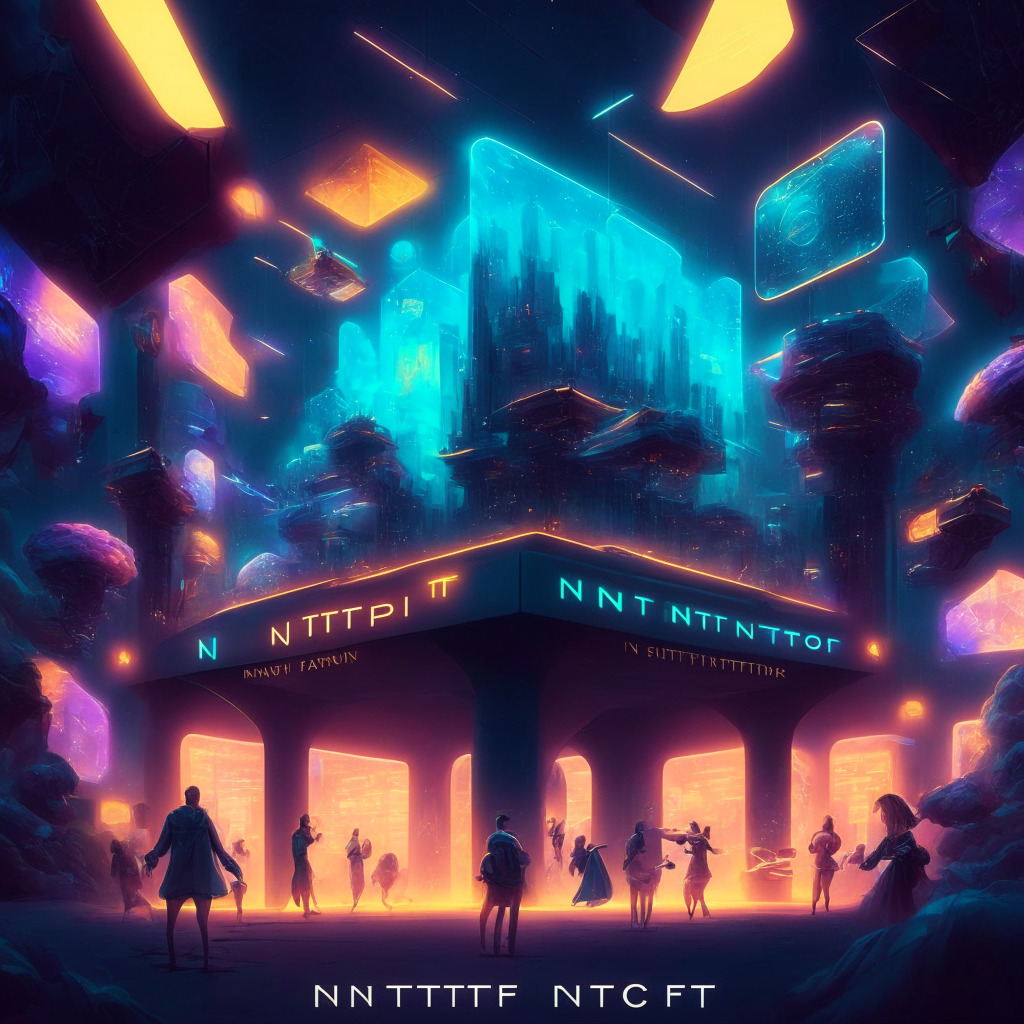In an ambitious move, Tether is stepping into the world of cryptocurrency mining, specifically with a focus on “sustainable Bitcoin mining operations” in Uruguay. Teaming up with a licensed company on the ground, this decision may come as a surprise to some, considering Uruguay’s small share of the network hashrate in comparison to countries like the U.S. and Kazakhstan.
However, Tether’s choice isn’t without merit. Boasting a renewable energy generation rate of more than 98% from predominantly wind and hydropower sources, Uruguay presents a unique opportunity for Tether to adopt an environmentally friendly approach. With the next Bitcoin halving event less than a year away, Tether’s chief technology officer Paolo Ardoino states the company’s commitment to “every Bitcoin we mine leaves a minimal ecological footprint while upholding the security and integrity of the Bitcoin network.”
To further this mission, Tether also plans to employ energy experts and has even opened a recruitment portal to bring in talented individuals from the crypto sector. However, the specifics regarding Tether’s investment in the venture and the identity of its regional partner remain undisclosed.
This move towards Bitcoin comes as Tether announced its intention to allocate up to 15% of its monthly net realized operating profits to building a BTC warchest. While the company claims this decision will “strengthen and diversify” its reserves, concerns around Tether’s reserves are nothing new.
Former SEC enforcement attorney John Reed has likened the stablecoin issuer to a “mammoth house of cards”, accusing the organization of issuing opaque financial statements. Though Tether does release assurance reports on a quarterly basis, it has yet to deliver on its promise of a full audit.
The cryptocurrency community may feel some trepidation regarding Tether’s plans to accumulate Bitcoin, as it recalls the Luna Foundation Guard’s disastrous accumulation of approximately 80,000 BTC. This ultimately led to a multibillion-dollar dump when the algorithmic stablecoin lost its $1 peg and crashed.
In conclusion, Tether’s foray into sustainable Bitcoin mining operations in Uruguay may be an indication of its unwavering commitment to renewable energy and the greener future of the crypto mining industry. However, one cannot ignore the longstanding transparency issues that continue to raise questions about Tether’s financial stability and integrity. The outcomes of this venture will undoubtedly shape the state of the cryptocurrency mining world moving forward.
Source: Decrypt




